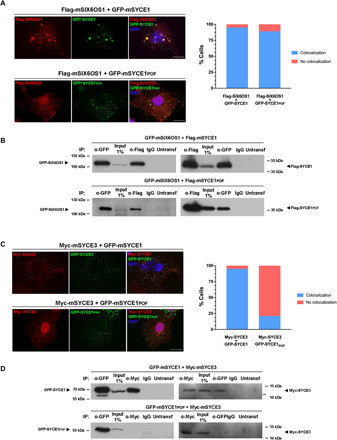Fig. 4. SYCE1POF retains SIX6OS1 binding but fails to retain the SYCE3-interaction in heterologous systems.

(A) Mouse SIX6OS1 colocalized with mouse SYCE1 and SYCE1POF in a cytoplasmatic punctate pattern upon coexpression in COS7 cells; the percentage of cells exhibiting colocalization is shown in the right-hand plot (n = 100 cells). DAPI, 4′,6-diamidino-2-phenylindole. (B) HEK293T cells were cotransfected with the indicated expression vectors. Protein complexes were immunoprecipitated with anti-Flag or anti–enhanced green fluorescent protein (EGFP) antibodies, or mouse immunoglobulin G (IgG) as a negative control, and were analyzed by immunoblotting with the indicated antibody. GFP-mSIX6OS1 coimmunoprecipitated with Flag-mSYCE1 and Flag-mSYCE1POF, suggesting that the POF mutation of SYCE1 alone is insufficient to block the interaction. (C) COS7 cells were transfected with mouse Syce3 in combination with mouse Syce1 or Syce1pof as indicated. SYCE1 colocalized with SYCE3 in its own cytoplasmatic punctate pattern, and colocalization was substantially diminished for SYCE1POF (n = 100 cells). (D) Immunoprecipitation of protein complexes from HEK293T-cotransfected cells with an anti-Myc or anti-EGFP antibody or mouse IgG. SYCE1 coimmunoprecipitated with SYCE3, and the interaction was disrupted for SYCE1 POF, suggesting that the C-terminal region of SYCE1 is required for its interaction with SYCE3. The untransfected lanes in (B) and (D) show the absence of all the proteins in total protein extracts from untransfected 293T cells. Scale bars, 20 μm.
